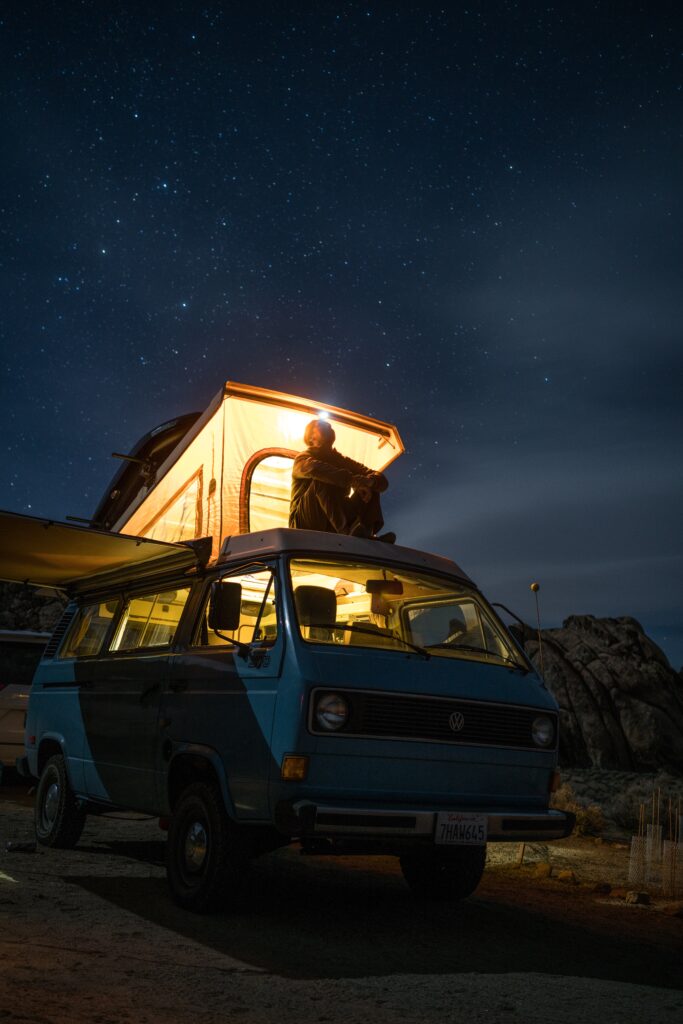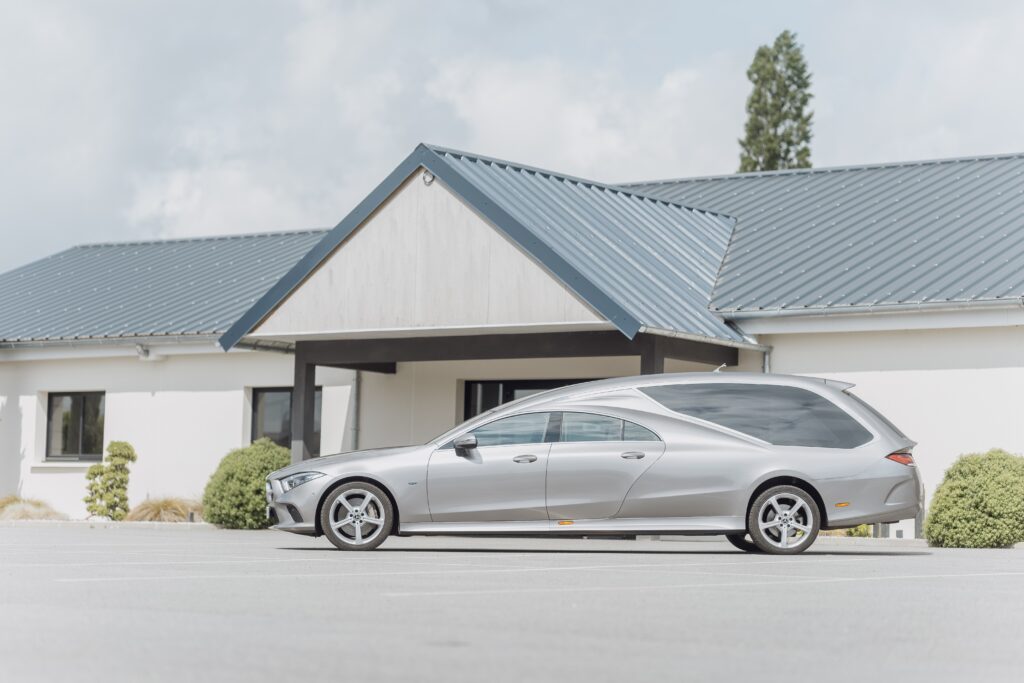
Welcome to the Q&A session on Mercedes Sprinter Van Conversion with Greg Virgoe. In this video, Greg answers questions gathered from previous videos in a workshop setting. He discusses various aspects of the van conversion, such as planning and sequencing the build, the original budget and actual costs, concerns about the weight limit, and the workshop he used for the project. Greg also expresses gratitude for the viewers’ positive feedback and provides information on next year’s Camp Quirky. This informative session aims to provide knowledge and support to DIY van builders.
Throughout the video, Greg shares insights from his experience and offers helpful tips for anyone interested in van conversions. He mentions the importance of planning and references his comprehensive research book, which includes printouts, a budget sheet, and an electrical schematic. Greg addresses the costs of the conversion, discussing both the original budget and the actual expenses. He mentions the weight limit of the vehicle and adjustments made to the design to stay within it. Additionally, Greg expresses gratitude to his girlfriend’s father for allowing him to use his workshop for the conversion project. This Q&A session serves as a valuable resource for van builders, providing them with practical information and guidance for their own conversions.
Design and Planning
Using a book for research and planning
In the early stages of converting my van, I found it incredibly helpful to refer to a book specifically tailored to van conversions. This book provided detailed information on various aspects of the conversion process, including layout design, insulation, electrical systems, and much more. Using this book as my guide, I was able to gain a solid understanding of the fundamental principles and considerations involved in transforming a van into a livable space. It served as an invaluable resource throughout the entire project, helping me make informed decisions and avoid common pitfalls.
Sequencing the build process
One of the challenges I faced during the conversion was determining the optimal sequence of tasks. It was crucial to plan out the build process in a logical and efficient manner to ensure that everything flowed smoothly. I divided the conversion into different phases, starting with the essential structural modifications such as insulation and flooring, followed by the installation of windows, ventilation, and electrical systems. By carefully sequencing the build process, I was able to work in a systematic and organized way, maximizing productivity and minimizing the chances of running into issues down the line.
Utilizing printouts and a budget sheet
Throughout the conversion, I relied heavily on printouts and a budget sheet to keep everything organized. I created printouts of the van’s dimensions and layout, which I used as a reference while planning and visualizing the design. These printouts helped me visualize how different components and furniture would fit into the limited space and allowed me to make adjustments before making any permanent modifications.
Additionally, maintaining and regularly updating a detailed budget sheet was essential to keep track of expenses. This helped me ensure that I stayed within my budget and avoided any surprises along the way. By meticulously documenting every expense related to the conversion, I was able to have a clear overview of my original budget versus the actual expenses incurred, allowing me to make informed financial decisions throughout the project.

Original budget vs. actual expenses
One aspect that stood out during the conversion process was the variance between my original budget and the actual expenses incurred. It is not uncommon for unexpected costs to arise, and I had budgeted some flexibility to accommodate any unforeseen expenses. However, I quickly realized that certain items and materials ended up being more expensive than anticipated.
To manage this, I reviewed my budget regularly and sought cost-effective alternatives whenever possible. By researching and comparing prices, I was able to find more affordable options without compromising on quality. The key takeaway from this experience was the importance of setting a realistic budget while also being prepared to adjust it as necessary to ensure a successful conversion.
Cost Analysis and Information
Release of a detailed video on conversion costs
As a way to provide valuable information to fellow DIY van builders, I released a detailed video that outlined the costs associated with the conversion. In this video, I meticulously broke down the expenses incurred throughout the project, from the initial purchase of the van to the final touches. By sharing this cost analysis, I aimed to give viewers a realistic understanding of the financial commitment involved in converting a van, enabling them to better plan and budget for their own projects.
Providing useful information for others
Throughout my conversion journey, I made a conscious effort to document and share useful information with others. I believe in the power of knowledge sharing and the positive impact it can have on the DIY community. From the design and planning phase to the installation of various systems, I created detailed blog posts and videos that covered each step of the process. These resources aimed to empower individuals embarking on their own van conversions, providing them with valuable insights, tips, and tricks that I had learned along the way.
By openly sharing my experiences and lessons learned, I hoped to inspire and support others who were considering or already engaged in their own van conversion projects. Building a community of like-minded individuals not only fosters innovation but also creates a supportive network for exchanging ideas and overcoming challenges.
Weight Limit Concerns

Concerns about the weight of the vehicle
During the conversion process, I became increasingly aware of the weight limitations of my van. Given that I was transforming it into a fully functional living space, it was essential to consider the weight of all the added components and equipment. Exceeding the van’s weight limit could potentially compromise its structural integrity and adversely affect its performance on the road.
Adjustments made to stay within the weight limit
To ensure that I stayed within the weight limit, I carefully researched and selected lightweight materials for insulation, furniture, and other components. Instead of opting for heavier options, I prioritized weight reduction without sacrificing quality. Additionally, I focused on eliminating any unnecessary items and clutter from the interior to further reduce the overall weight of the van.
Furthermore, I paid close attention to the weight distribution within the van to maintain optimal balance and stability. By strategically positioning heavier items such as water tanks and batteries closer to the vehicle’s center of gravity, I was able to minimize the impact on the van’s handling and performance.
Potential impact of exceeding weight limits
Exceeding the weight limits of a vehicle can have serious consequences, both in terms of safety and legal implications. It can strain the suspension system, causing premature wear and tear, and potentially compromising the vehicle’s maneuverability. Moreover, it can increase the risk of accidents, as the vehicle may become harder to control, especially during emergency situations.
From a legal standpoint, exceeding the weight limits can lead to fines and penalties, as it violates regulations set by transportation authorities. In some cases, it may even invalidate the vehicle’s insurance coverage, exacerbating the financial risks associated with potential accidents or damages.
Therefore, it is imperative for anyone undertaking a van conversion to prioritize weight management and adhere to the specified weight limits. This ensures both the safety of the occupants and the longevity of the vehicle.
Workshop and Equipment

Workshop belonging to girlfriend’s father
During the conversion process, I was fortunate to have access to a well-equipped workshop belonging to my girlfriend’s father. This workshop provided ample space and a wide range of tools and equipment necessary for various aspects of the conversion. Having access to such a space greatly facilitated the project and contributed to the overall efficiency and quality of the work.
Continued use of the workshop for future projects
Although the van conversion has been completed, I am grateful that my girlfriend’s father has generously offered to let me continue using the workshop for future projects. This opens up exciting possibilities for me, as I have developed a passion for DIY projects and woodworking through the van conversion process. Being able to utilize this workshop will allow me to explore new creative endeavors and further hone my skills in crafting custom furniture and woodworking projects.
Overview of tools and equipment used in the conversion
Throughout the van conversion, I relied on a wide range of tools and equipment to bring the project to life. Some essential tools included power drills, saws, routers, and sanders, which enabled me to make precise cuts, create clean edges, and smoothen surfaces. Additionally, measuring tools such as levels, tape measures, and squares were crucial for ensuring accurate dimensions and alignment.
To work with electrical systems, I utilized wire strippers, crimpers, multimeters, and soldering equipment. These tools allowed me to properly install and connect various electrical components, ensuring a safe and functional electrical system in the van.
A compressor and pneumatic tools were also integral to the conversion, simplifying tasks such as stapling insulation, painting, and inflating tires. The workshop’s selection of specialty tools and equipment further enhanced the efficiency and effectiveness of the conversion process, enabling me to achieve professional-quality results.
Electrical System

Home-built control panel
To have full control over the electrical system in the van, I decided to construct my own control panel. This custom-built control panel allowed me to monitor and manage all aspects of the electrical system, including lighting, heating, ventilation, and power outlets. By carefully selecting the necessary switches, gauges, and fuses, I created a user-friendly interface that simplified the operation and maintenance of the electrical system.
Recommendation for a power management system
For those considering a van conversion, I highly recommend incorporating a power management system into the electrical design. A power management system provides comprehensive control over the van’s electrical supply, preventing overcharging, monitoring battery levels, and facilitating efficient power distribution. It ensures that the electrical system operates optimally and reduces the risk of electrical issues or damage to the batteries.
Sourcing a power management system on eBay
During my conversion, I sourced a high-quality power management system from an online marketplace like eBay. By carefully researching and evaluating different options, I was able to find a reliable and cost-effective solution that met my needs. Shopping on platforms like eBay provides a wide range of choices and allows for price comparison, maximizing the chances of finding the most suitable power management system for a van conversion project.
Insurance and Registration
Considerations for insuring a converted van
After completing the conversion, it was vital to ensure that the van was properly insured. However, insuring a converted van can be more complex than insuring a standard vehicle. Insurance providers typically require a detailed assessment of the modifications made to the van, including structural changes, electrical systems, and added features. Therefore, it is crucial to accurately document and communicate the extent of the conversion to the insurance company to obtain appropriate coverage.
Additionally, it is essential to consider specialized insurance options tailored to converted vans. These policies often provide coverage for the unique features and equipment installed in the van, ensuring comprehensive protection and peace of mind.
Process of registering the conversion with DVLA
Registering the completed conversion with the Driver and Vehicle Licensing Agency (DVLA) is an important step to ensure compliance with legal requirements. The DVLA requires thorough documentation of the conversion process, including photographs, receipts for materials, and any necessary certificates of compliance. This documentation serves as evidence that the converted van meets the regulations and standards set by the authorities.
It is essential to carefully review the registration requirements and follow the prescribed procedures to avoid any complications. Although the process may seem time-consuming, it is a crucial step in the conversion journey to ensure the van’s legitimacy and legality on the road.
Planned video on insurance and registration
Recognizing the importance of navigating the insurance and registration processes in a van conversion, I plan to release an informative video outlining the necessary steps and considerations. This video will provide viewers with valuable insights and tips on how to navigate the insurance and registration requirements, helping them overcome potential challenges and ensuring a smooth and hassle-free experience.
Future Plans
Attending events and traveling in the van
Now that the van conversion is complete, my primary goal is to fully embrace the van life experience. I am eager to attend various van life events and gatherings, where I can connect with like-minded individuals and explore the vibrant community that exists around van conversions. These events offer an opportunity to exchange ideas, learn from others, and forge lasting connections with fellow enthusiasts.
Beyond the local van life events, I also intend to embark on exciting adventures and travels with my converted van. The flexibility and freedom offered by van life allow me to immerse myself in nature, experience new cultures, and discover hidden gems off the beaten path. The van provides a mobile basecamp, making it an ideal companion for exploration and seeking unforgettable experiences.
Finding a home and workshop for woodworking projects
While embracing the van life, I have discovered a newfound passion for woodworking and creating custom furniture. To pursue this interest further, I plan to find a more permanent home and workshop where I can fully dedicate myself to honing my woodworking skills. Having a designated space will allow me to take on larger projects and establish a more extensive range of woodworking tools and equipment.
By combining my love for van conversions and woodworking, I hope to create unique, handcrafted furniture pieces specifically tailored for van life. This fusion of creativity and functionality will not only enhance the aesthetic appeal of converted vans but also optimize the use of limited space, providing practical storage solutions and comfortable living environments.
Speaker’s willingness to support DIY van builders
Throughout my van conversion journey, I have been overwhelmed by the support and encouragement from viewers and fellow DIY van builders. The sense of community is truly remarkable, and I am determined to give back and support others in their own projects. I openly welcome questions, feedback, and requests for guidance, as I believe in the power of knowledge sharing to inspire and empower others.
Through online platforms, I will continue to provide information, tips, and motivation to DIY van builders. Whether through live Q&A sessions, detailed blog posts, or interactive tutorials, I aim to foster a community of individuals passionate about van conversions and empower them to embark on their own creative journeys.
Gratitude and Conclusion
As I bring this comprehensive article to a close, I would like to express my heartfelt gratitude to all the viewers who have supported and followed my van conversion project. Your feedback, questions, and engagement have been invaluable, and I am deeply appreciative of your involvement in this journey.
I hope that this article has provided you with valuable insights, strategies, and inspiration for your own van conversion project. Remember, meticulous planning, attention to detail, and a commitment to quality will contribute to a successful and rewarding conversion.
Thank you for watching, and I wish you the utmost success in your van conversion endeavors. May your project bring you joy, adventure, and a deep sense of fulfillment as you explore the endless possibilities of van life.

